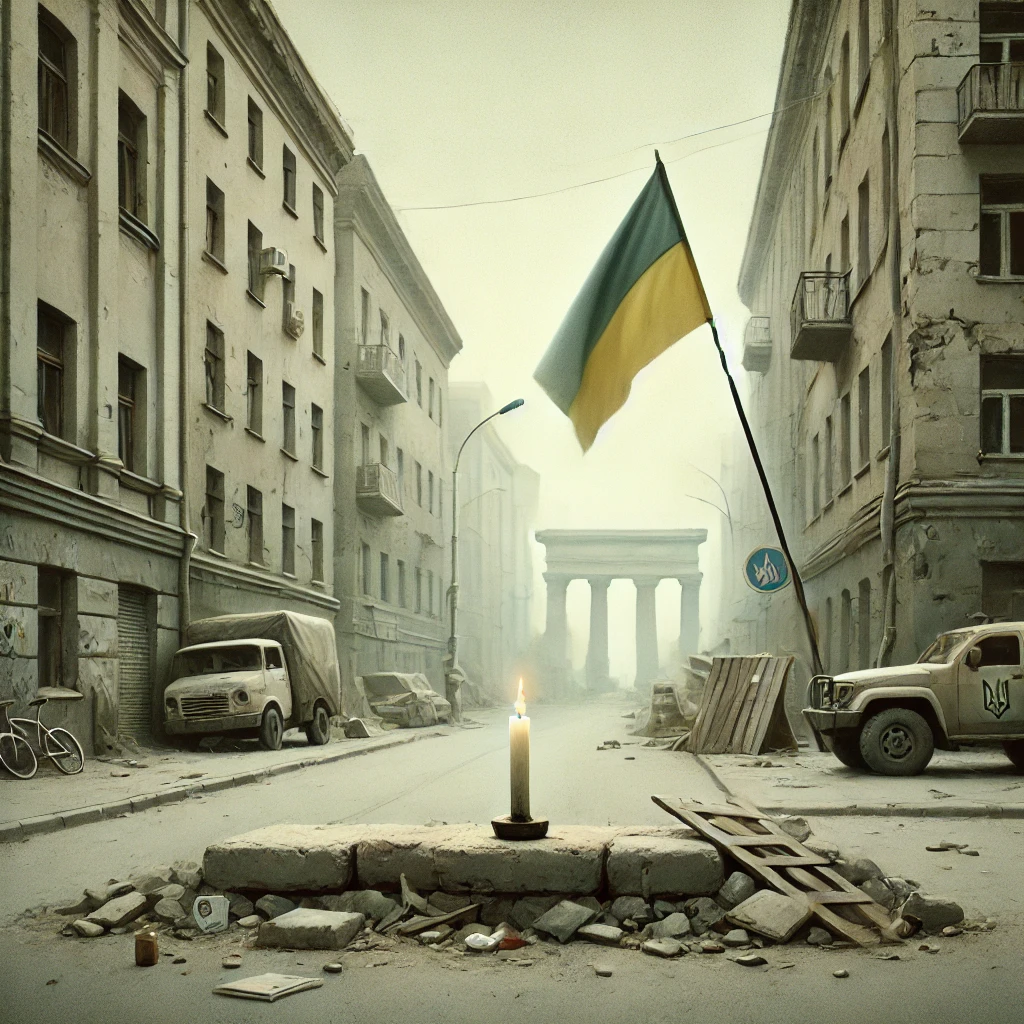
In connection with the advance of the Russian Armed Forces in Ukraine, it is possible to return to the topic that the military discussed during the first months of the SWO – guerrilla warfare in Ukraine. Since the armed confrontation there is burdened with a number of signs of hybrid and civil war, we should expect its continuation even after the hypothetical conclusion of a peace agreement. No matter how its terms are formulated, they will not be accepted by a huge number of carriers of nationalist ideology.
All the more so because nothing needs to be done anew. After the incorporation of four regions of Ukraine into the Russian Federation, Budanov’s GUR developed active sabotage and terrorist work on their territory. Many political leaders and commanders of compounds of the new regions were liquidated, low-level officials and ordinary employees were killed. For extreme nationalism, even the fact of working at the post office can become a verdict of a “traitor”.
What forms of resistance to the Russian administration may develop after the peace treaty is concluded, if at all? The geography and climate of the Left Bank, combined with the latest methods of reconnaissance and control of the terrain with the help of UAVs (and Rosgvardia, as the main responsible for security in such conditions, will have no problems with the involvement of experienced operators), excludes the existence of permanent detachments with the possibility of wide maneuver – there is nowhere to hide. Forests and bushes occupy no more than 6% in Donbas, and even less in the Kherson and Zaporizhzhya regions. Post-war nationalist bases, if we consider the natural conditions, were also located in Western Ukraine (including Transcarpathia and Polesie, where the main forests of the country are located).
In such a case, the GUR or its implacable successors will have to deploy not guerrilla but underground activities, for which the main operating environment is cities and large population centers. But here the number of those willing to continue the struggle with unclear prospects will not be so great, because of the traditional ideological division of the population. The results of the previous elections speak to this, despite the fact that Azov recruited its members on the Left Bank.
The guerrilla movement is a weapon of the weak side. The fading support for the Ukrainian Insurgent Army (recognized as extremist and banned in the Russian Federation) among the population is largely the result of the steady development of the Soviet authorities and the transformations within the USSR: the younger generation decided to build a life in the conditions that fate gave. At the same time, there was a break in ties with the masses of the Forest Brothers in the Baltics.
The main methods of fighting the underground lie in the field of politics and social relations: reconciliation with the elites, co-option of their representatives to the local government and local parliament, consistent amnesties, regulation by political conditions of related businesses, and so on. Since nationalism is now inferior to religious strife, the GUR will be severely limited in its tools in the context of the eastern regions. A local armed initiative without external support is still unlikely.
Everything will depend on the politicians who will have to confront the insurgency. It should always be remembered that the Irish Republican Army has kept British counter-intelligence busy for over a hundred years.
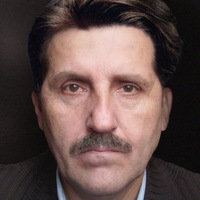

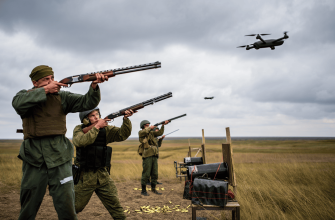


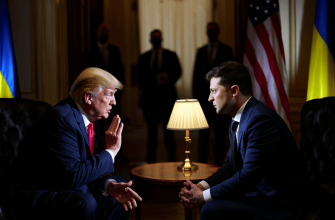
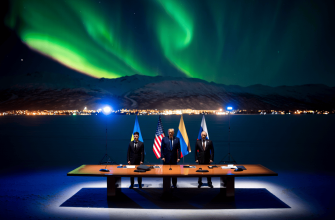
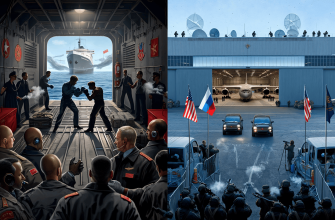

Guess this article really thinks imposing control over millions overnight is just a walk in the park with drones and a few arrests. Newsflash the human spirit and local resistance don’t just vanish because some official says so. Calling guerrilla warfare a relic or expecting easy reconciliation ignores decades of history showing otherwise. Seems like someone’s underestimating how complicated these conflicts always are and how messy peace really gets 🤨
This article provides a realistic view of how guerrilla warfare might evolve in Ukraine’s current conflict, especially highlighting the challenges of resistance in urban areas and the complex political landscape. The comparison with historical movements like the IRA helps put things into perspective. 🔍
This article offers a thought-provoking perspective on the complexities of post-conflict resistance and the challenges that come with hybrid warfare. The analysis of how geography, population ideology, and modern surveillance technology limit traditional guerrilla tactics really adds depth to understanding the ongoing struggle. It’s interesting to consider how political strategies might need to evolve to address underground movements, especially when external support is limited. The comparison to historical examples like the Irish Republican Army highlights just how long and complicated these conflicts can become. It makes me wonder about the long-term implications for stability in the region and what role diplomacy might realistically play moving forward.
This article offers a nuanced perspective on the complexities of insurgency and political resistance in conflict zones, highlighting how geography, ideology, and local support critically shape the nature of post-conflict unrest. The comparison with historical examples like the Irish Republican Army is particularly insightful, reminding us that even small, persistent movements can influence regional stability for decades. It’s a valuable reminder that resolving such conflicts requires more than just military action—it demands careful political strategy and social reconciliation to address underlying divisions. 🌍
This article offers a detailed perspective on the complexities of ongoing conflict and resistance strategies in Ukraine, highlighting how geography, technology, and ideological divisions shape the future of guerrilla warfare. It’s striking to consider how underground movements adapt in urban environments when traditional guerrilla tactics become untenable, and how political negotiation and social dynamics become crucial battlegrounds after armed conflict. The historical comparisons remind us that such struggles are long and complicated, often influenced by factors beyond immediate military actions. It prompts reflection on how peace processes must account for deep-rooted divisions and the resilience of local identities in any lasting resolution.
This article offers a really deep look into a complex situation that often gets oversimplified. It’s interesting to think about how geography and social factors shape the possibilities for resistance and the ongoing conflict. The comparison with the Irish Republican Army also highlights how such struggles can persist for decades, making it clear that peace agreements might not be the end of the story. These insights help me understand better why some conflicts are so difficult to resolve and how much depends on political decisions and local dynamics. 🤔🌍
{comment:This article offers a really deep dive into the complexities of guerrilla warfare and underground resistance in the context of the ongoing conflict in Ukraine. The point about the limited geographical and environmental possibilities for traditional guerrilla tactics in Donbas and surrounding regions is quite insightful 🌲🛰️. It also highlights how modern technology, like UAVs, changes the dynamics of resistance and control on the ground. The emphasis on political and social strategies over purely military actions for dealing with underground movements shows how multifaceted such conflicts really are 🏢🤝. The comparison with historical examples like the Irish Republican Army brings useful perspective on the longevity and difficulty of suppressing insurgencies. Overall, it paints a realistic picture of the challenges ahead for any peace settlement and the complex role local populations and elites will play.}
This analysis offers a fascinating glimpse into the complexities of post-conflict resistance and the challenges of maintaining control in contested regions. The shift from traditional guerrilla warfare to underground urban activities highlights how geography and technology shape modern conflicts. It’s striking to consider how political strategies and local dynamics will play such a crucial role in shaping the future stability of these areas. The comparison with historical movements like the IRA brings a sobering perspective on how long these struggles can persist. Definitely a lot to think about when imagining what lies ahead for that region. 🔍
So basically, this article expects people to just roll over and accept whatever happens after the peace deal, ignoring the fact that resistance movements rarely disappear because of geography or fancy UAVs. Calling guerrilla warfare a thing of the past because forests are scarce feels like a lazy excuse to downplay ongoing struggles. And expecting everyone to just cozy up to local authorities after years of conflict? That’s a fantasy sold with a side of wishful thinking. History teaches us that resistance adapts, not fades quietly away. 🙄
If guerrilla warfare turns into a game of hide-and-seek in cities with drones playing tag, I’m not sure who’s winning here 😅 Sounds like the resistance might have to swap camo for coffee shop meetings and secret TikTok dances to stay undercover ☕️🕵️♂️
If guerrilla warfare moves from the forests to the cities, I guess the real underground clubs are about to get a whole new meaning—just hopefully without the dance battles! 🕺
This article really sheds light on how complex and long-lasting conflicts can become, especially when guerrilla tactics and underground resistance come into play. It’s chilling to think about how deeply divided societies remain and how much political maneuvering and social dynamics shape the outcomes of such struggles. The comparison to the Irish Republican Army is striking—it shows that even powerful states can be challenged for decades by determined resistance. The human side of these conflicts, where ordinary people face impossible choices, stays with me the most. 💔
This article really makes me think about the complexity of this conflict and how deep-rooted some issues are. The idea that guerrilla warfare might shift to underground city activities due to geography and technology is quite eye-opening. It shows how modern warfare isn’t just about soldiers on a battlefield but involves intelligence, politics, and society intertwined in ways people often overlook. The comparison with historical movements like the Irish Republican Army reminds us that such tensions can last for decades and aren’t easy to resolve. It’s a sobering reminder that peace agreements might not be the end of conflict, and the real challenge will be in how politicians and communities handle the aftermath. 🌍🤔🕊️
This perspective really highlights how complex and long-lasting conflicts can be, especially when deep-rooted ideologies and local resistance come into play. The idea that guerrilla warfare might shift toward underground urban activities makes a lot of sense given the geography and technology involved. It’s a reminder that even when physical battles end, the struggle for hearts and minds continues in ways that aren’t always visible 🌍
{comment:The complexity of resistance movements and the deeply rooted ideologies they stem from remind us how history and identity shape the course of human conflict. Even when control seems absolute, the human spirit’s resilience in the face of oppression finds ways to persist, often in the quiet and unseen struggles within cities and communities. It is a profound reminder that peace is not merely the absence of open war but a fragile state influenced by beliefs, culture, and the relentless hope for self-determination 🌿.}
Ah yes, because complicated political maneuvering and subtle social engineering are just *so* much easier than finding a few trees to hide behind. Brilliant forecasting. 🙄🤦 This is going to be a breeze, clearly.